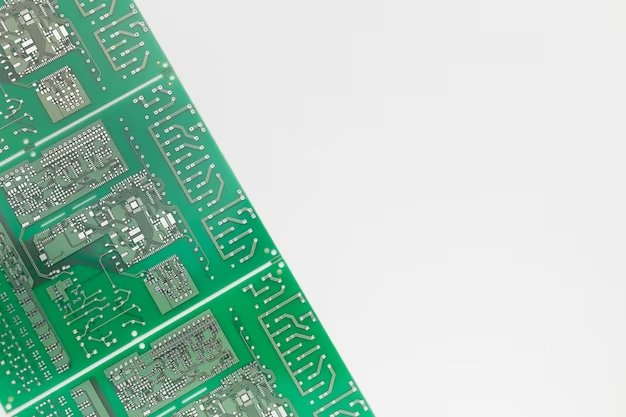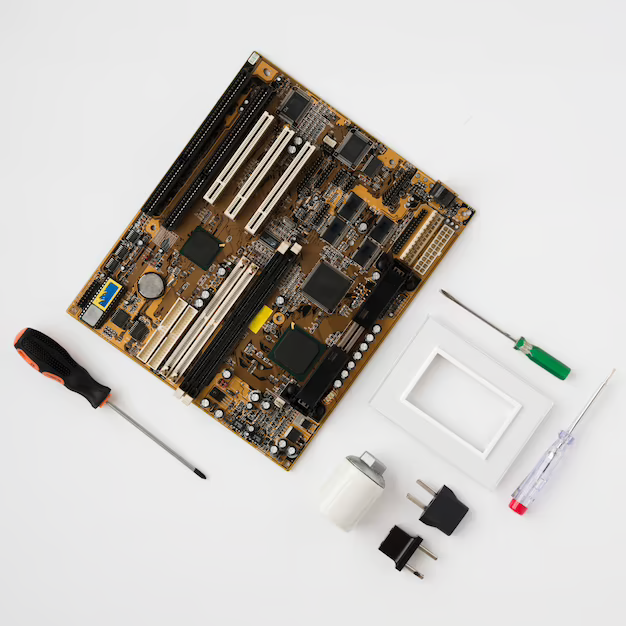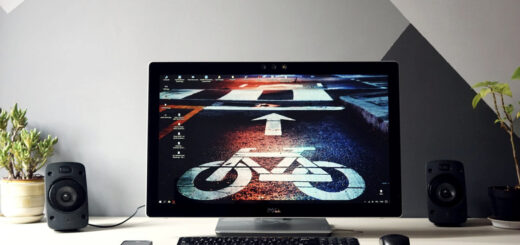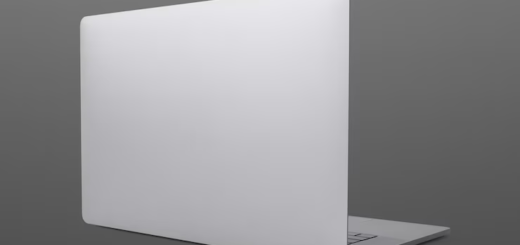Dead Motherboard Symptoms: Recognize, Troubleshoot
The motherboard is the backbone of your computer, and when it fails, it can disrupt your entire system. Understanding dead motherboard symptoms, troubleshooting, and preventive measures are essential for maintaining a healthy PC.
The Motherboard: The Heart of Your Computer
A system board, commonly known as a motherboard, stands as a vital cornerstone within any computer setup. It functions as a central nexus, interconnecting diverse hardware elements, enabling seamless communication and collaboration among them. Imagine the motherboard as the computer’s nervous system, orchestrating and facilitating the smooth flow of data amidst its different constituents.

Common Causes of Dead Motherboards:
Before exploring symptoms, let’s grasp the underlying causes of motherboard failure:
- Physical Damage: Breakage of pins, burnout of capacitors, or improper handling can substantially impair the motherboard’s operational efficiency;
- Dust Accumulation: Excessive dust accumulation detrimentally impacts performance and longevity, emphasizing the importance of regular cleaning routines;
- Power Supply Issues: An insufficient power supply directly affects the motherboard’s capacity to operate optimally; always scrutinize your PSU;
- Improper Cable Connection: Inaccurate cable placements pose a significant risk; treat connections with utmost care;
- Incompatibility: Opting for components that lack compatibility jeopardizes not only the motherboard but also other crucial PC constituents;
- Power Fluctuations: Frequent power interruptions or an unstable supply can inflict harm upon the motherboard’s delicate components;
- Outdated Hardware: Motherboards have a finite lifespan; aged models become increasingly susceptible to malfunction;
- Lack of Cooling: Elevated temperatures exceeding 50 °C can inflict motherboard damage; ensuring proper cooling mechanisms is imperative.
Symptoms of a Dead Motherboard:
Let’s take a closer look at the problem with the motherboard and what it could mean.
| Symptom | Description |
|---|---|
| Monitor Display | Failure to display manufacturer’s name during startup (POST process failure). |
| Physical Damage | Visible damage, black/brownish marks, capacitors blast marks, or burnout. |
| Blue Screen of Death (BSOD) | Frequent BSODs, especially with “Bad system config” message. |
| Auto-Restarts | Unexplained automatic restarts, often indicating a malfunctioning motherboard. |
| PC Freezing | Frequent PC freezes, especially if PSU issues are ruled out. |
Troubleshooting and Protecting Your Components:
- Inspect for Physical Damage: Regularly check for visible damage, and handle PC components with care;
- Clean Your PC: To prevent dust buildup, and clean components every 3 months to maintain optimal performance;
- Ensure Adequate Power Supply: High-watt PSU safeguards the motherboard and all PC components;
- Proper Cable Connection: Always check cable connections carefully to prevent potential motherboard damage;
- Select Compatible Components: Ensure compatibility during the PC build to prevent risks to the motherboard and other parts;
- Use Uninterruptible Power Supply (UPS): Protect against power fluctuations, preventing sudden shutdowns;
- Upgrade Outdated Motherboards: Consider upgrading after 5 years to keep up with evolving technology;
- Maintain Proper Cooling: Ensure proper airflow and cooling solutions to control temperature and extend lifespan.

Motherboard Video Explanation
To give you an even more accurate understanding of how to realize a motherboard is broken, we suggest you watch this video.
Conclusion
Understanding dead motherboard symptoms, implementing recommended troubleshooting actions, and maintaining preventive measures are all critical for keeping your PC in good working order. To maintain uninterrupted computer performance, protect your investment, seek help when in doubt, and share your questions in the comments area.
FAQ
Indeed, a malfunctioning motherboard, if not promptly addressed, can potentially cast a shadow on other integral PC components. Nipping motherboard issues in the bud safeguards your system from collateral damage.
Proactive steps can shield your motherboard from catastrophic failure. Regularly cleanse your PC’s inner sanctum to thwart the menace of dust accumulation. Ensure an unwavering power supply by opting for a high-watt PSU. Approach cable connections with delicate precision.
Initiate your investigation by examining for physical damage, scouring for signs of scarred capacitors or ominous black blemishes. Verify that all cables and components stand firmly connected.
Start by checking for physical damage and inspecting the motherboard for signs of burnt capacitors or black marks. Ensure that all cables and components are properly connected. If you’re uncertain, seeking professional help is a wise choice.




















